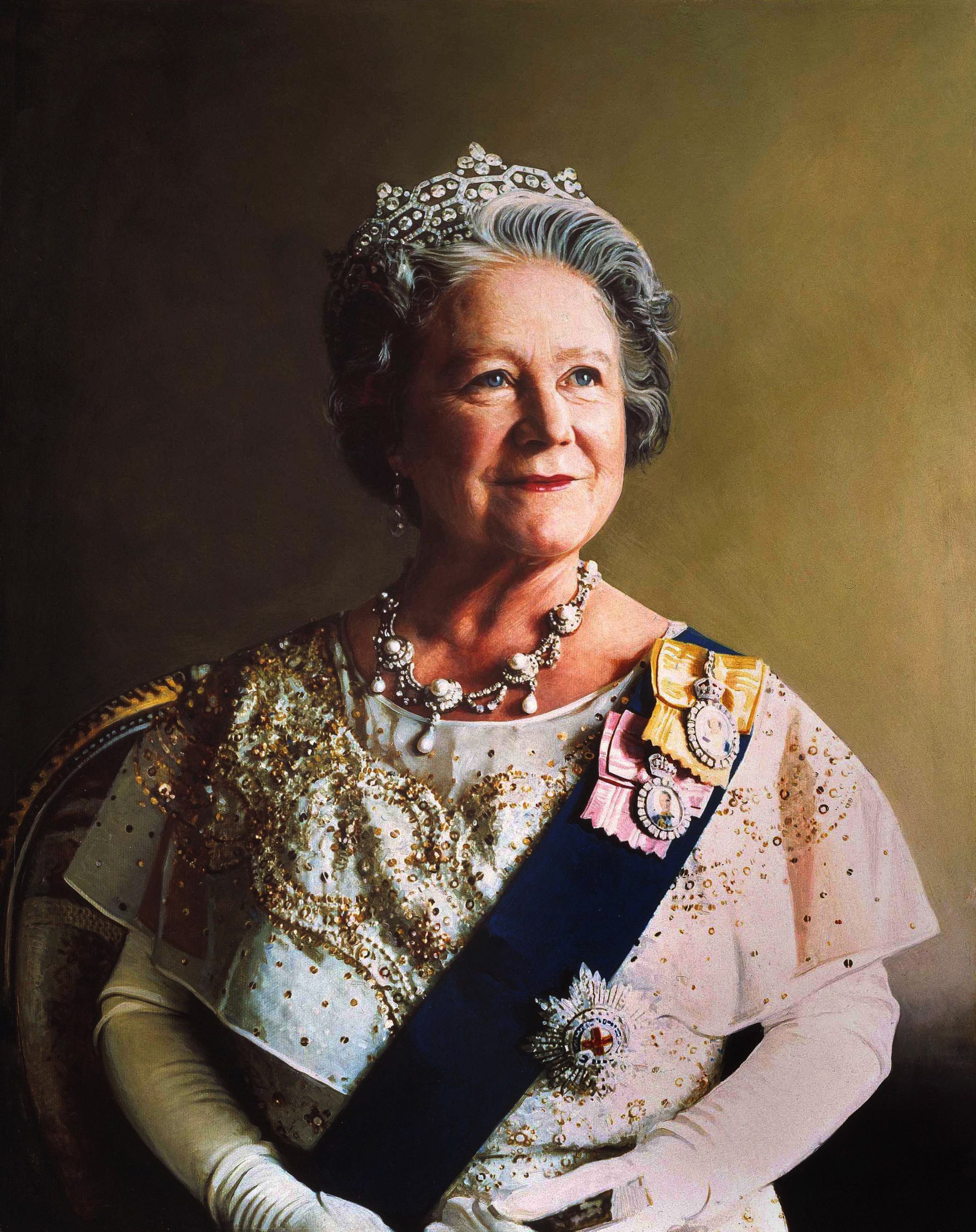Well here he is at last. Let joy be unconfined. Crack open the bubbly, launch the Red Arrows, fire off a 41-gun salute. Wait, better make that 51. No, 61, just to be on the safe side. We wouldn’t want to appear disrespectful, would we?
Yes, HRH Prince George of Cambridge has breathed his first, and waved his innocent hand at a world which will soon expect him to be doing a heck of a lot more waving.
And a world that will eventually see him crowned King of a rather small country that still thinks it’s very important.
It looks like he might have quite a long wait, though. As third in line to the throne, Roderick Elphinstone MontMorency Windsor (one of the options we made up before he got his real name) will have to attend three funerals before he gets to the top of the royal tree. And if you’re looking for longevity, his great-grandma’s side of the family has it in spades.
 |
| The Queen Mum, Gawd bless 'er |
The Queen herself is still going strong at 87, and shows no sign of abdicating. (Unlike her counterparts in some other European countries, who appear to think that monarchy is something you can retire from – for her it’s a lifetime obligation).
It’s a sobering thought that you would have to be 65 at the very least to remember what it was like being reigned over by anyone else.
And it’s equally sobering to reflect that most of us old enough to read (and indeed write) this waffle will have turned up our toes long before Crispin Delaney Barnabas Wintergreen accedes to the throne.
All of which goes to show that whatever the cynics may say, the Royal Family does have a point.
If nothing else, it’s there as a permanent, enthroned, bejewelled and anointed reminder of our own mortality.
Let’s hope, though, for his own sake, that Capriole Randolph Bandersnatch has a long, long wait before he takes on his kingly duties.
As one of his forebears (or at least top royal playwright Shakespeare) put it: “Uneasy lies the head that wears a crown.”
And who would wish any sort of uneasiness on a lovely little baby?

